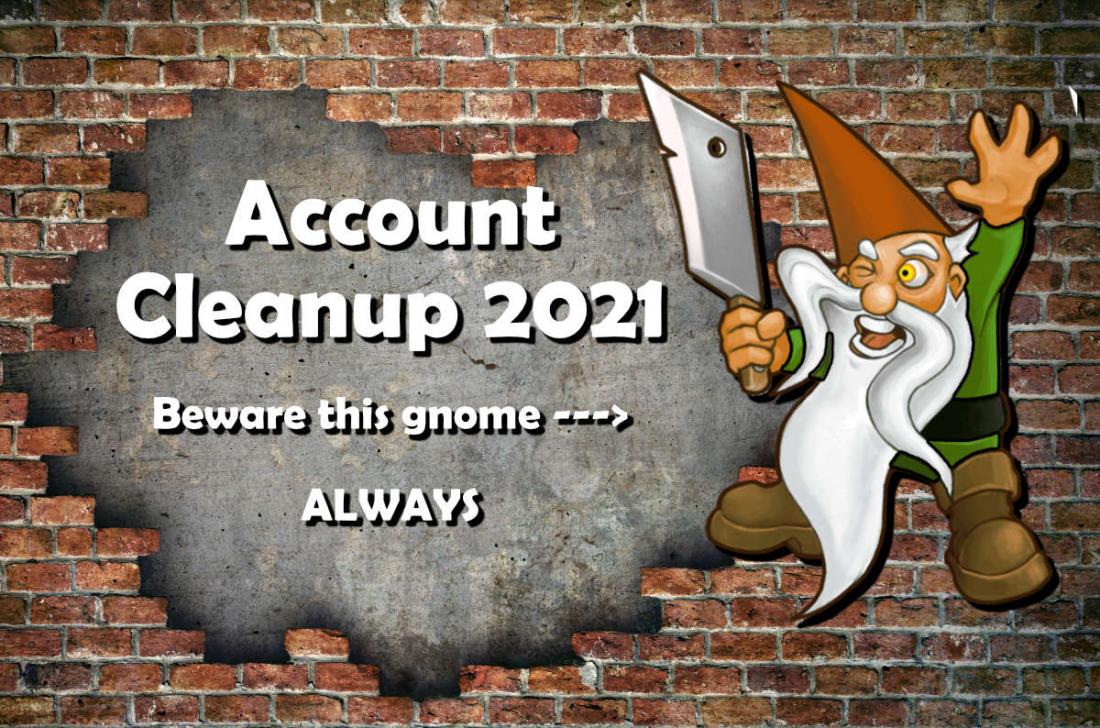
We know the meme: players latch onto the most insignificant goblin of a side character and ignore the walking plot hook in the fancy cloak. They’ll obsess over the most minor, minute details of a crime scene while completely missing the big obvious clue tacked to the board on the wall. They’ll squander all their time in the big city shopping and negotiating the price of a room instead of following the leads to the cultist sewer hideout you ever so painstakingly laid out for them.
The meme is funny because it’s true, but it can also be exhausting, especially if you’re not running a sandbox campaign and must steer your party back toward the plot. (And double-especially if you’re a newer GM or the type of GM that doesn’t handle curve balls well.)
Thankfully, there are techniques we can use to mitigate the “side character cinnamon bun effect,” as I like to call it. And if your players are stubborn, and you can’t seem to redirect their energy, there are ways to harness their attention for the benefit of your campaign.
It all boils down to how you describe things.
EYES AND EARS
As the GM, you are your players’ eyes, ears, and other senses. The choices you make when describing your game literally build the way they perceive their characters’ world, and their perceptions of the world will determine their actions. When they latch onto the wrong thing, be it the goblin barkeep instead of the mysterious figure in the corner, or the stale corner of bread instead of the bloody murder weapon, nine times out of 10, it’s a failure of description. Either you’ve got too much, too little, or the wrong kind altogether.
Let’s break ’em down, look at where things go wrong, and talk about how we can course-correct when they do.
TOO MUCH INFORMATION
Imagine this: your characters arrive in a big city. A central trading hub on the coast, bustling with merchants and guilds and religious orders, tourists, and travelers of all sorts. It’s a big change from their time blazing trails in the wilderness. It makes sense you’d want to describe everything from the ramparts to the docks to the magical castle in the center of town. But what happens after you spend five minutes recounting all the wonders the city has to offer?
Instead of dashing off like kids at Disney World, taking in all the wonderful and dangerous streets and districts you’ve prepared, your players immediately ask for the nearest inn and haggle over the cost of a night’s stay.
They could be playing in the moment and just want to establish a home base for their time in town. Or, it could be, in your attempt to impress upon them the grandeur of the location, you’ve overloaded them with information, and they don’t see the forest for the trees (so to speak).
If you find yourself constantly relaying a ton of descriptive information to your players only to be met with blank stares and “ummmms” when asked what they want to do next, you likely need to pare back what you’re relaying.
HOW TO FIX IT
Fixing too much information is kinda simple and really fun, and it’s all thanks to two little psychological tricks known as the primacy and immediacy effects. Basically, when we’re presented with a list of information, we’re going to remember the first thing we heard and the last thing we heard. The stuff in the middle? Might as well toss it into the sea. There are exceptions to this, obviously, but in general – first thing, last thing. Those are what’ll stick.
So let’s use these psychological effects to our advantage when we’re describing the city (or any other important aspect of the game world) by first making sure the two most essential elements we want to relay – in our example, the size and the sewers – come first and last. Then, we can devote extra time to describing those particular aspects while glossing over the stuff in the middle.
For example: “The port city sprawls out from the ocean like a giant squid that’s beached itself on the shore. The buildings fill your field of view, stretching from nearly one end of the horizon to the other.” (We’ve started by emphasizing the size.) “As sailors, merchants, and other citizens go about their busy days…” (And glossed over the unimportant details.)” You notice something odd – one of the metal grates covering the entrance to the sewer system has been pried open, and a trail of muddy footprints lead inside.” (And dropped the details about the sewer cult.)
TOO LITTLE INFORMATION
When your players seem to be latching onto random NPCs and making their own trouble when you want them to follow up the plot threads you think you’ve been subtly laying down for them, they’re likely suffering from a lack of information.
If I’ve learned one thing in over twenty years of running games, it’s this: when it comes to laying hints and clues for my PCs to follow, however subtle I think I’m being, I’m actually being 100x more obscure. Subtlety is an excellent technique for many, many forms of entertainment – a good mystery novel, a tense costume drama, a black-box stage play – but TTRPGs are not enhanced by subtlety.
HOW TO FIX IT
There’s an old marketing adage that says a customer must encounter information about your product 7 times before deciding to purchase it. It’s an old adage because the number of times has increased dramatically in the 21st century, but specifics aside, it’s still a good rule of thumb for how often you need to drop hints and describe clues before your players will start picking up what you’re putting down.
If you’re nudging your characters in the direction of a plot, repeat the hooks often throughout a single session. If you want them to realize the conspiracy to overthrow the king signals their allegiance by wearing the colors green and gold, then do not mention the green and gold robes of a single NPC once and then, four sessions later, note the streaks of green and gold dyed hair of the assassin NPC. That’s not enough repetition of information.
Instead, talk about a whole gaggle of green and gold-clothed individuals taking up a corner of the local cafe. Mention the proliferation of green and gold decorations in windows. The banners hanging from horses and wagons. The scarfs and hats worn by a large number of people in the city.
Don’t be subtle. Hit them over the head with the descriptions and then reiterate. Reiterate. Reiterate.
THE WRONG KIND COMPLETELY
This description faux pas is often some combination of the first two, and one I’ve personally fallen into numerous times throughout my tenure as a GM. What usually happens is you get so wrapped up in the description of a scene, focusing in loving detail on the fauna of the forest or the tapestries in the library or whatever your current personal fixation happens to be, that you completely forget to describe the important elements needed for your players to grok what’s going on in the scene.
I can’t tell you how often I’ve forgotten to describe a book, lever, or some other essential item while I was caught up describing the intricately designed marble fountain. And so, of course, my players focus on the fountain. I spent so much time describing it, it has to be important right?
Oops.
HOW TO FIX IT
Course correcting this error is easy-ish, depending on what you’ve prepped. Of course, the best option is to avoid mistakes altogether by keeping notes on important details so you don’t get away from yourself.
If you’re the type of GM who likes to prepare their descriptions beforehand, read them back a few times with a critical eye and make sure you’re hitting the important bits. If you’re like me and prefer to come up with most of your descriptions on the fly, give yourself some bullet points so you don’t get too carried away.
If, however, you find yourself far afield from where you intended, all is not lost. The easiest in-the-moment way to fix the wrong kind of description is to alter your plans and make that fountain the scene’s focus.
Sometimes, a little ripple like that can throw off your entire prep work, though, so in those instances, call for a perception check (and maybe fudge the results if you need to), and voila! The clever PCs have seen through your red herring and found the real clue that was totally there the whole time…
YOUR PLAYERS’ GIFT TO YOU: When Things Go Wrong
No one is going to nail their descriptions perfectly every time. And no group of players will stay on task 100% of the time, either. But when your players do decide to focus on the side character or the detail of minor importance, take it as the gift that it is: this is them telling you what they find exciting and compelling.
That’s not a failure; it’s valuable information that you can take back to your prep and use to your advantage the next time you run a game.
PRACTICING WHAT WAS PREACHED
Since there was a lot of information in this article, I thought taking some of the key points and repeating them would be helpful. Remember, when it comes to description, you should:
- Keep it short and direct
- Reiterate
- Reiterate
- Reiterate
- Ensure you focus on the important bits
What about you? When was the last time your players latched onto a completely unexpected minor detail and derailed your entire prep? Let us know in the comments section below!
















